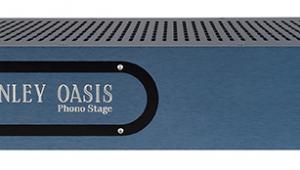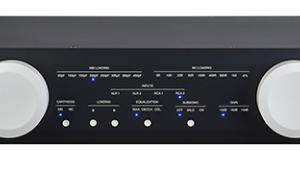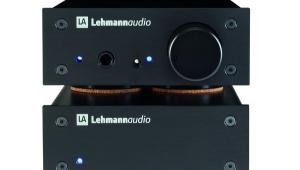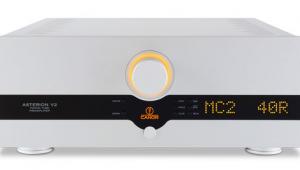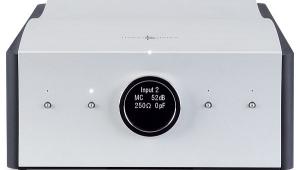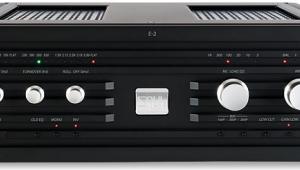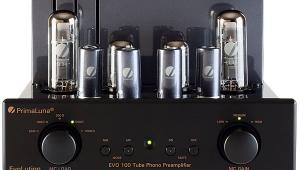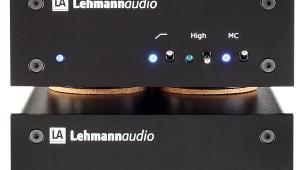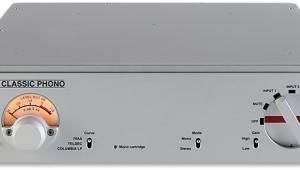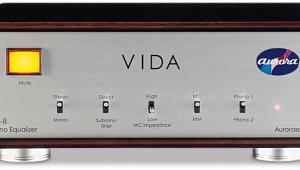Canor Asterion V2 Page 2
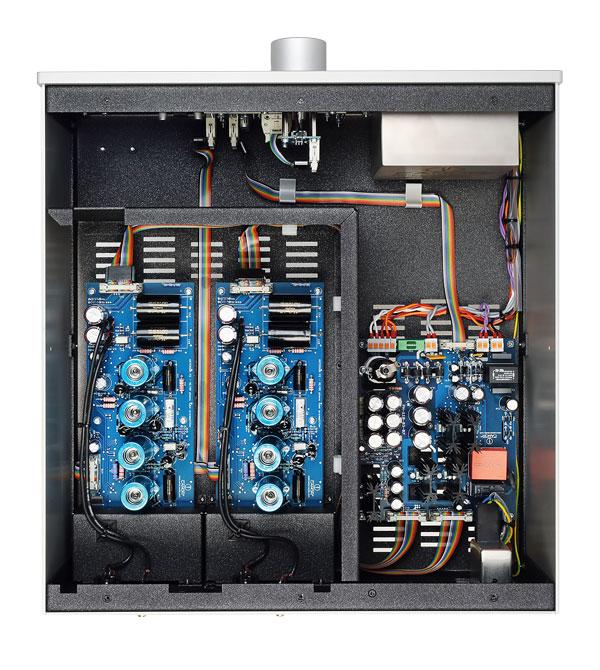
Quietly Does It
Slipping Canor’s flagship phono preamp between an ELAC Miracord 90 Anniversary turntable, my trusty Primare PRE35/A35.8 pre/power and Focal Sopra No2s, all was set for some serious vinyl listening. The Asterion V2 obliged with an authoritative, presentation that arises from a quiet background. Just don’t expect a ‘fat’ tube-infused sound. The bottles here are instead put to good use to ensure the Asterion V2 combines richness with excellent clarity, displaying fine detail as good as your chosen cart can extract from the vinyl.
I’ve swapped the ELAC deck’s original D90E18 MM cartridge, a rebranded Audio-Technica AT440MLB with a line contact stylus, to a VM750SH, a dual-magnet design with a Shibata stylus, and this tracked U2’s Zooropa with complete security. Recorded shortly after their Zoo TV Tour in 1993, in collaboration with producers Brian Eno and Flood, this album is without doubt the most eccentric the superstar band has created, and still sounds remarkable now, particularly via its yellow vinyl 30th anniversary reissue [Universal UMC 5599259].
Lavish Sounds
This saw some remastering done by guitarist The Edge, cleaning up the presentation and adding more in the way of low bass extension. With Canor’s preamp pulling the strings, this new ‘weight’ was very noticeable during ‘Babyface’, where Adam Clayton’s droning bassline sounded invitingly full-bodied, and elsewhere the album’s lavish production was in full view. When the title track revs up, The Edge’s guitar is infused with more delay than ever, bouncing around the soundstage, and the Asterion V2 delivered it with assured definition and positioning.
There was excellent separation – a strong point of Audio-Technica’s MM, but a forte of the Asterion V2 too – which brought openness and depth to Zooropa’s often multi-layered compositions. Additionally, and provided you’ve set it up right (and your turntable), this phono stage reveals oodles of fine detail against a very, very quiet background. With these poppy U2 songs we’re not talking about the vibrations of snares and the wooden instruments of a traditional classical piece, but samples echoing into the distance. This sounded entirely ‘natural’ at the tail end of ‘Babyface’, while the full-bodied analogue synthesiser notes during ‘Numb’ were a joy to experience.

